A couple weeks ago, I shared a post on Teaching SMART Goals. Shortly after I published that post, I realized that I really wanted to do an official music teacher tip on this subject. In this tip on teaching SMART goals, I go through what the acronym S.M.A.R.T. means and how you can teach them to your students. And then I go even further, sharing 5 different student examples ranging in different ages. I thought the examples would be helpful so you can see what some of the student goals might look like. When I read through their goals, it also helps me know if they understood the goal setting process fully.
S.M.A.R.T. means…
- Specific
- Measurable
- Attainable
- Relevant
- Timely
Remember, it’s not enough to tell students to set a SMART goal. We must teach them how to set a goal. And likewise, we need to be part of that follow up. Watch music teacher tip #33 below.
You may also be interested in the following blog posts…



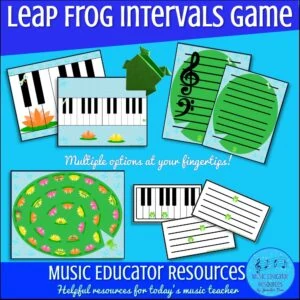

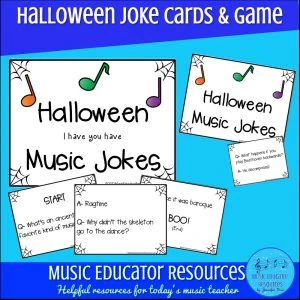
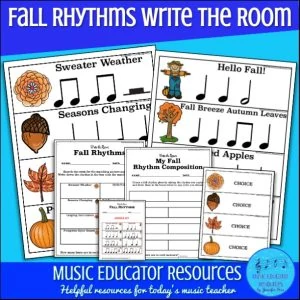
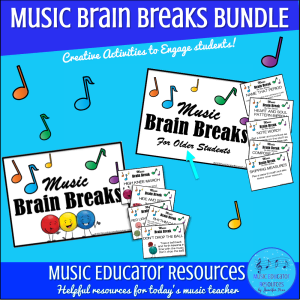
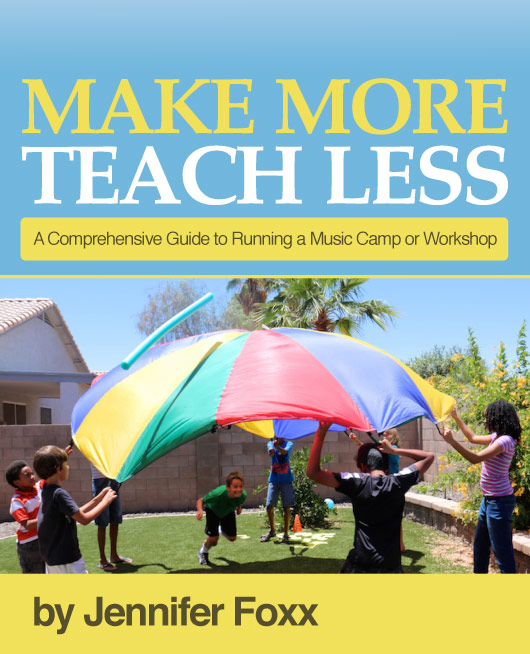

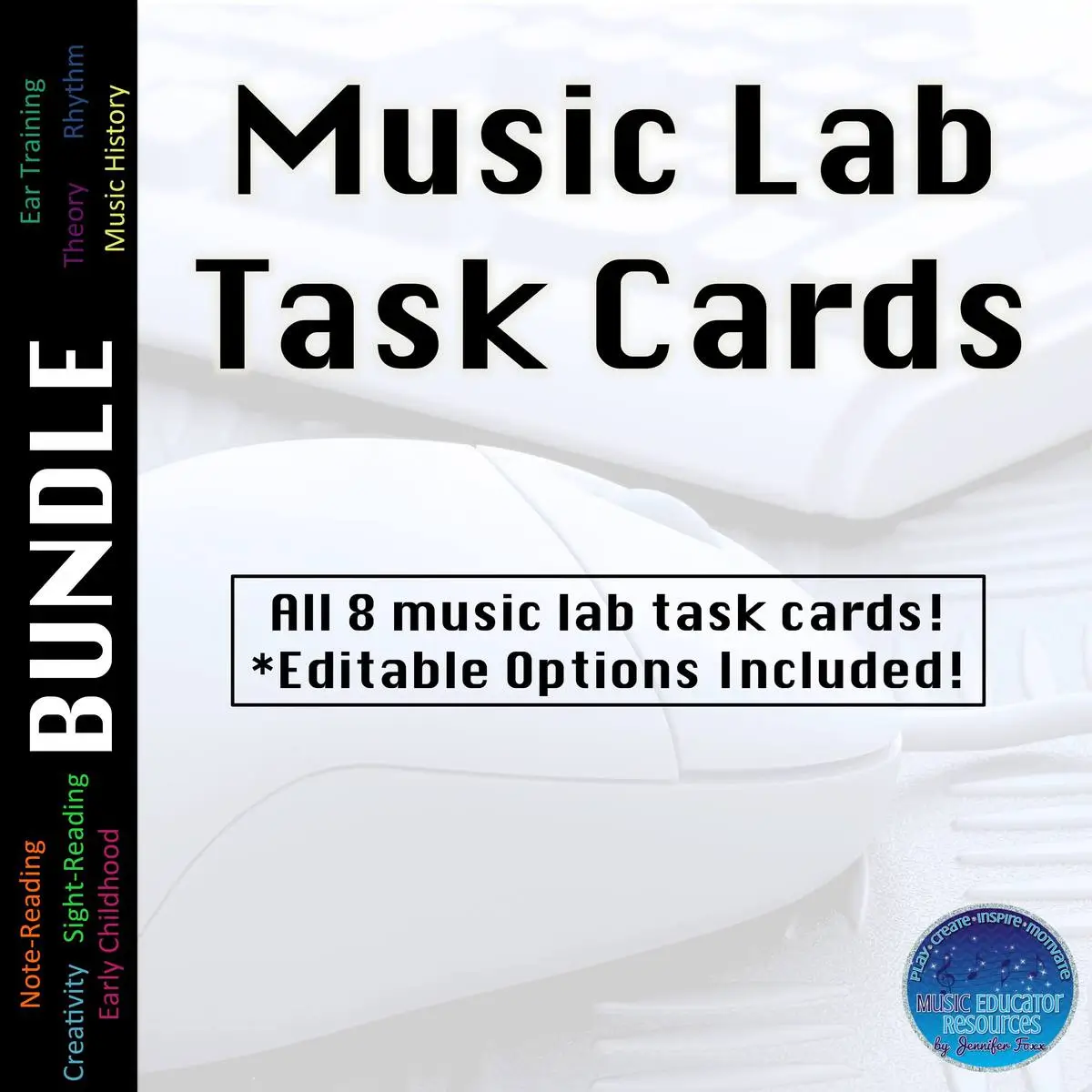



0 Comments